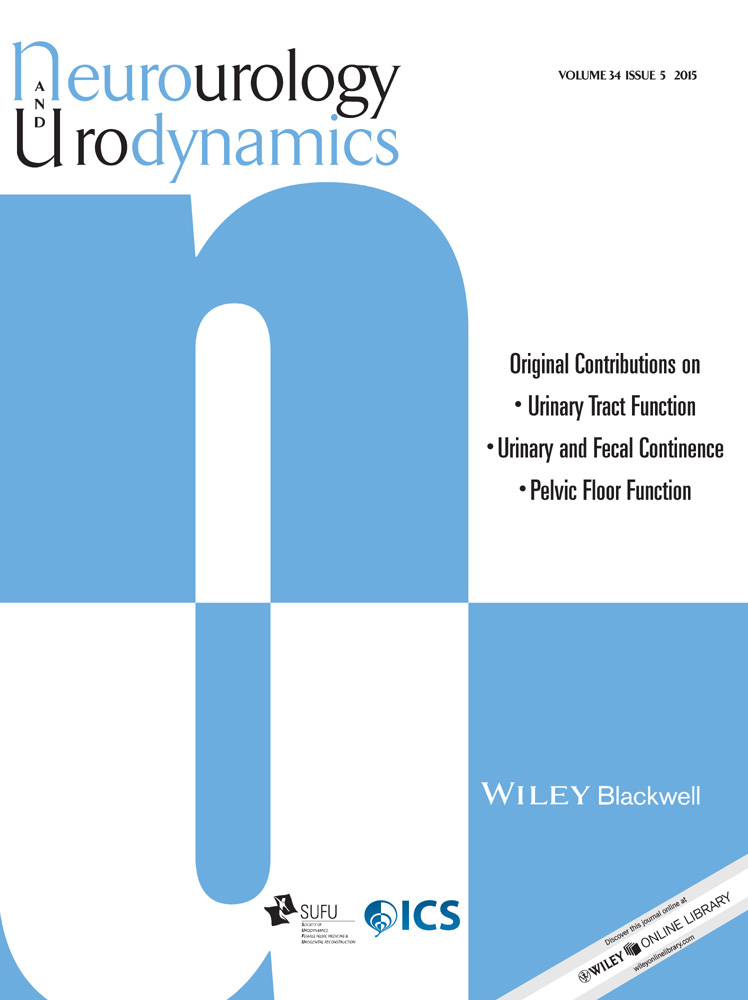Tamsulosin modulates, but does not abolish the spontaneous activity in the guinea pig prostate gland
Abstract
Aims
To examine the effects of the α1A-adrenoceptor antagonist, tamsulosin, on spontaneous contractile and electrical activity in the guinea-pig prostate gland.
Methods
The effects of tamsulosin (0.1 and 0.3 nM) were investigated in adult and ageing male guinea pig prostate glands using conventional tension recording and electrophysiological intracellular microelectrode recording techniques.
Results
Tamsulosin reduced spontaneous activity, and had different age-dependent effects on adult and ageing guinea pigs at different concentrations. 0.1 nM tamsulosin caused a significantly greater reduction of spontaneous contractile and electrical activity in ageing guinea pigs in comparison to adult guinea pigs. In contrast, 0.3 nM tamsulosin had a significantly greater reduction of spontaneous contractile and electrical activity in adult guinea pigs in comparison to ageing guinea pigs.
Conclusions
This study demonstrates that tamsulosin can modulate spontaneous myogenic stromal contractility and the underlying spontaneous electrical activity; tamsulosin does not block spontaneous activity. This reduction in spontaneous activity suggests that downstream cellular mechanisms underlying smooth muscle tone are being targeted, and these may represent novel therapeutic targets to better treat benign prostatic hyperplasia. Neurourol. Urodynam. 34:482–488, 2015. © 2014 Wiley Periodicals, Inc.




